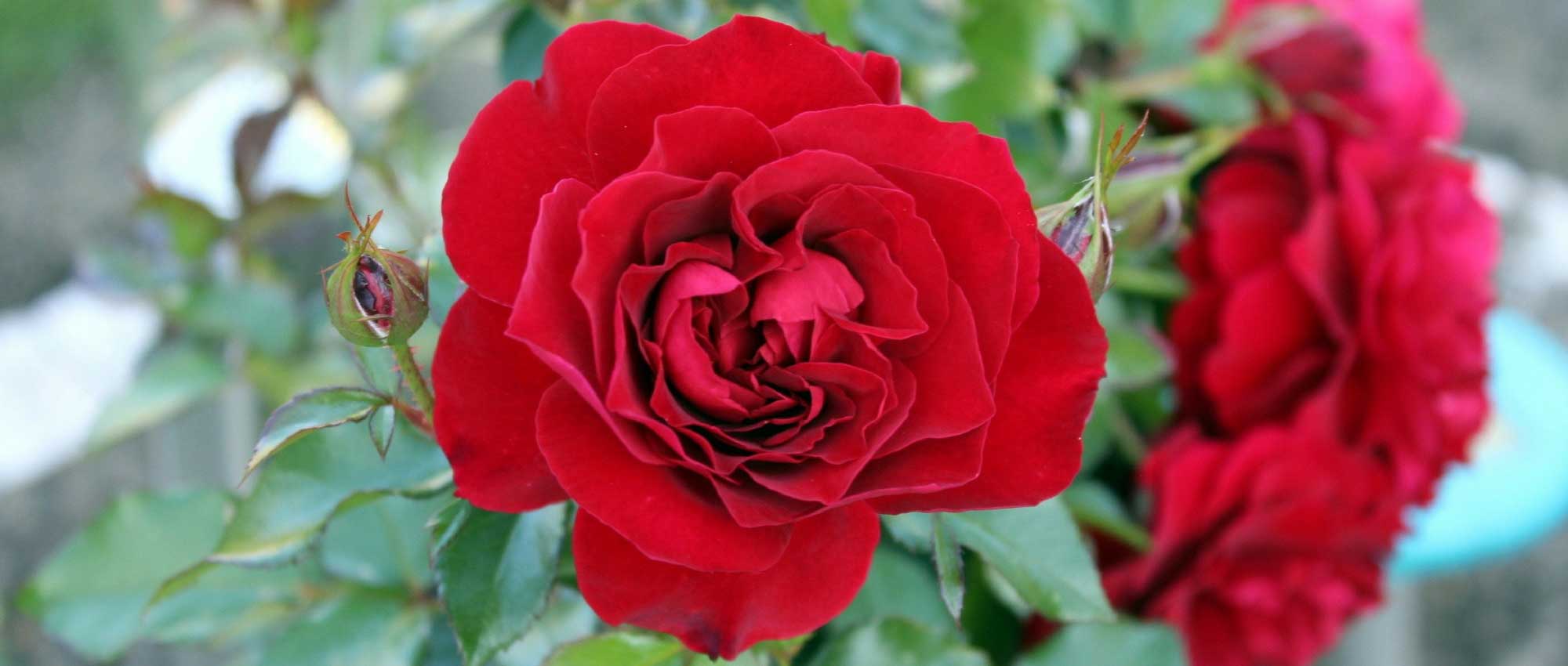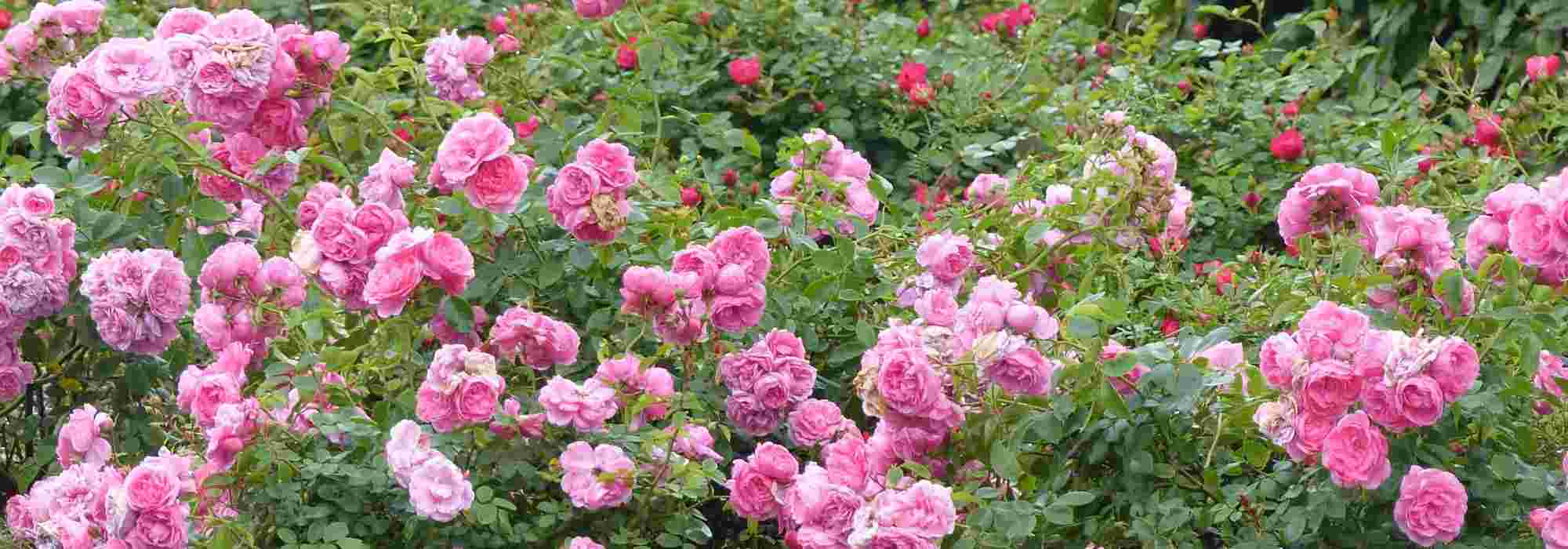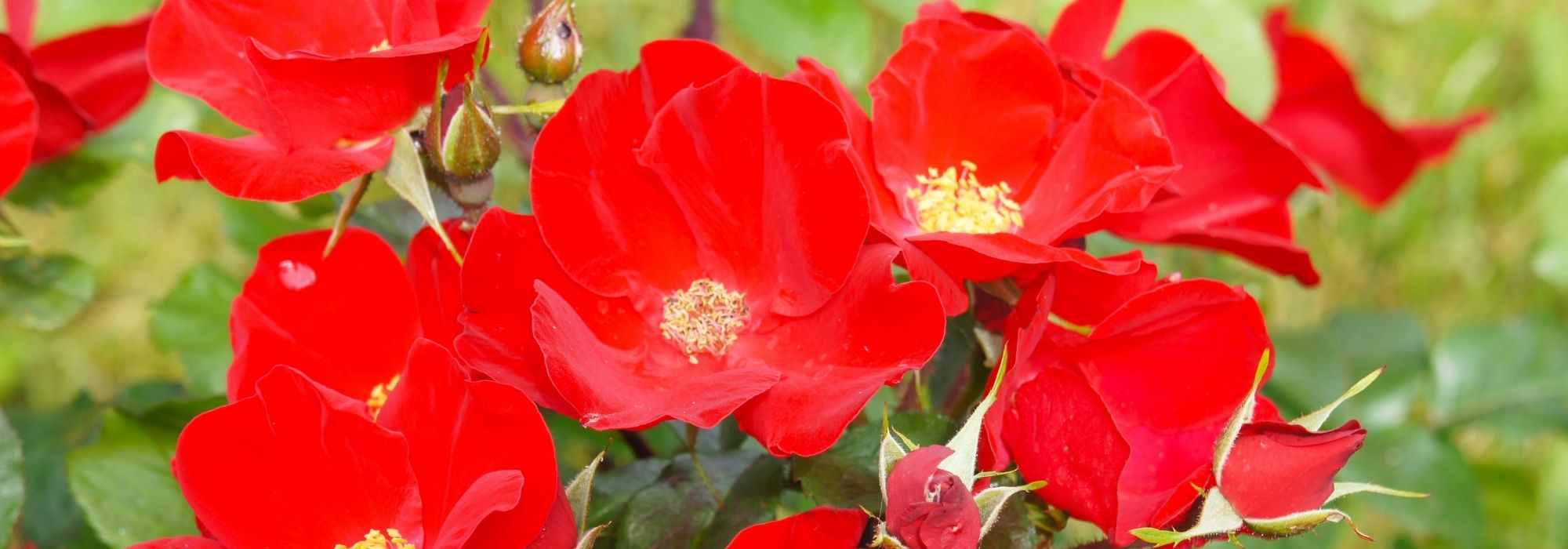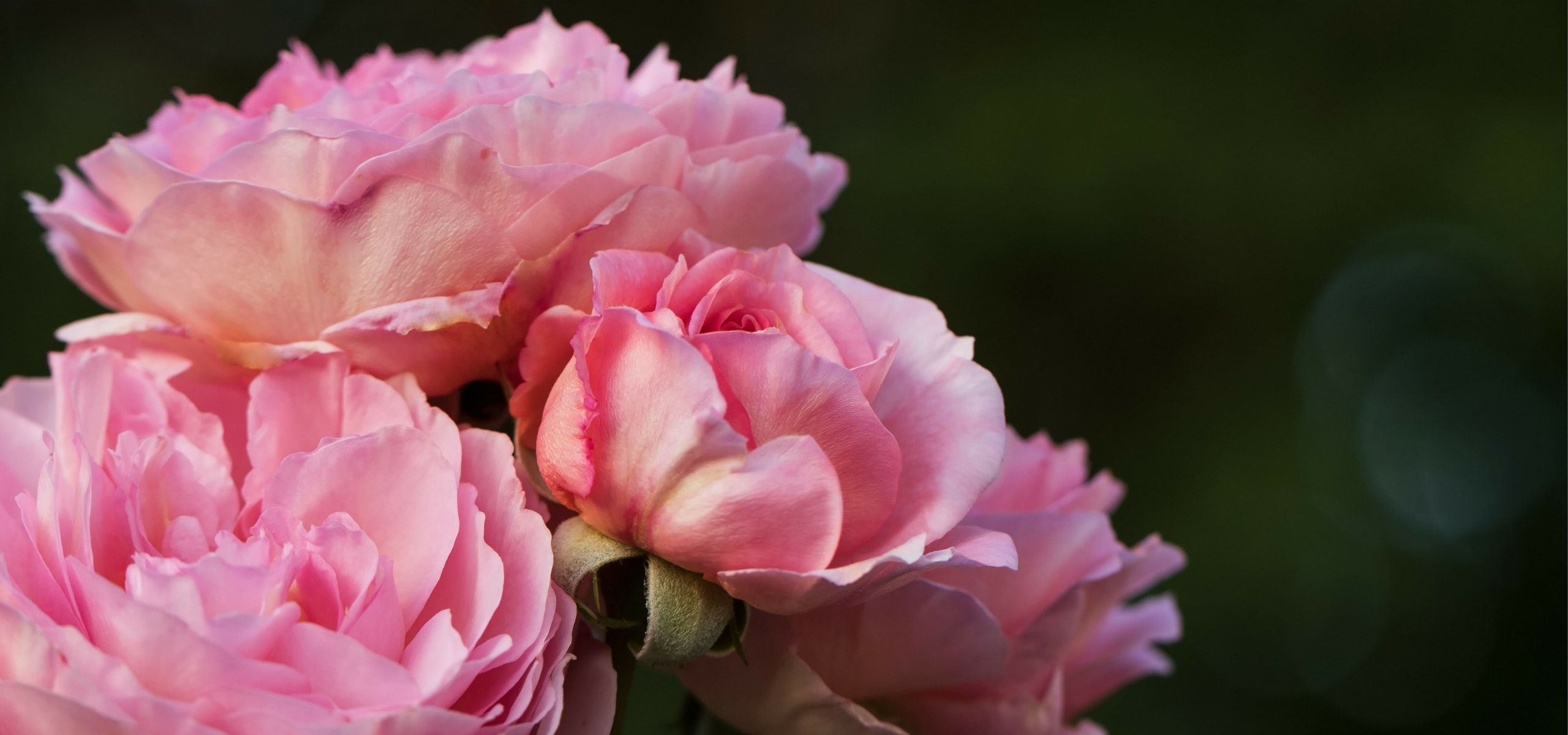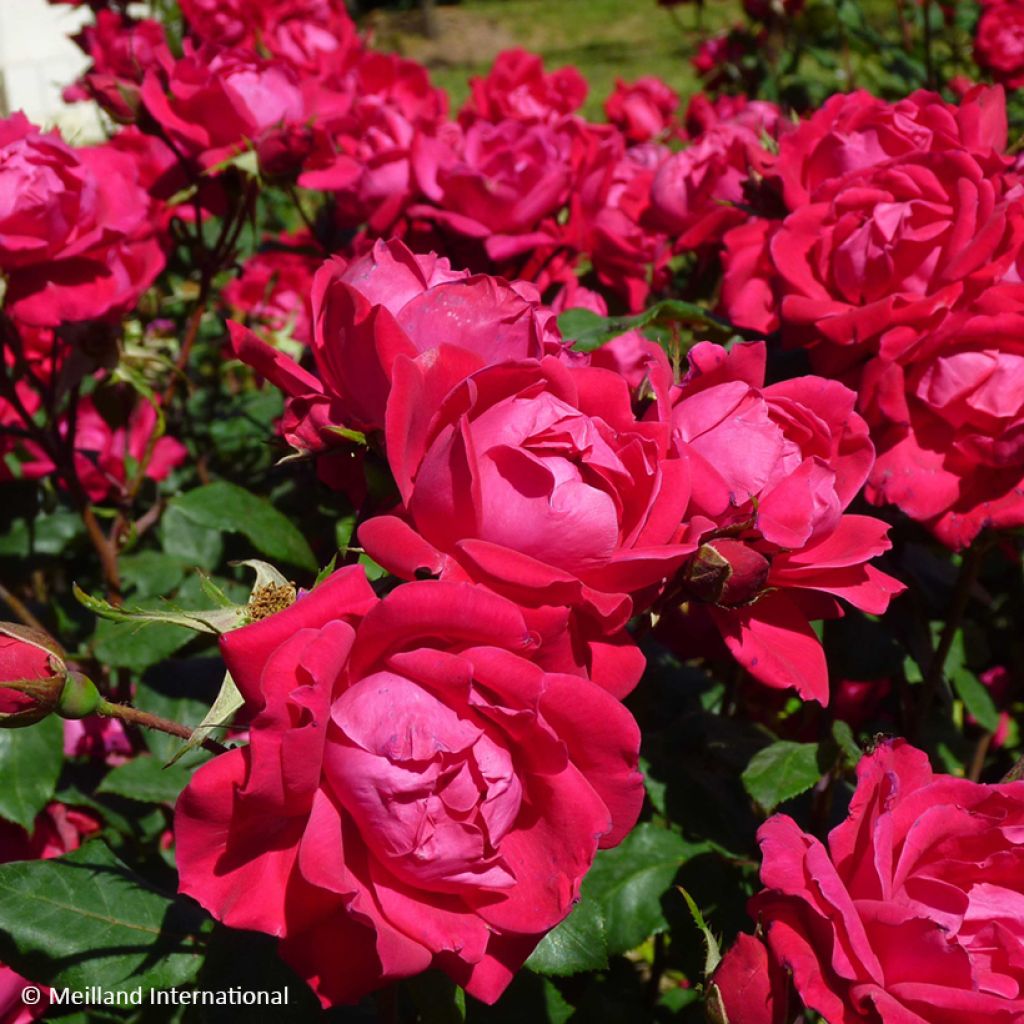

Rosa Double Knock Out - Groundcover Rose
Rosa Double Knock Out - Groundcover Rose
Rosa 'Radtko' DOUBLE KNOCK OUT®
Groundcover Rose
Thank you to the staff (for order preparation and shipping), the rose bush I received seems healthy. Planted in the ground, near the "Jardin d'Entéoulet" variety, I'm now patiently waiting for it to take root...(or not?).
Thierry, 24/09/2025
Special offer!
Receive a €20 voucher for any order over €90 (excluding delivery costs, credit notes, and plastic-free options)!
1- Add your favorite plants to your cart.
2- Once you have reached €90, confirm your order (you can even choose the delivery date!).
3- As soon as your order is shipped, you will receive an email containing your voucher code, valid for 3 months (90 days).
Your voucher is unique and can only be used once, for any order with a minimum value of €20, excluding delivery costs.
Can be combined with other current offers, non-divisible and non-refundable.
Home or relay delivery (depending on size and destination)
Schedule delivery date,
and select date in basket
We guarantee the quality of our plants for a full growing cycle, and will replace at our expense any plant that fails to recover under normal climatic and planting conditions.

Description
The Double Knock Out® 'Radtko' groundcover rose is characterised by early and continuous flowering, as well as strong natural resistance to diseases. The cushion-shaped bush produces a multitude of small double flowers in bright red on dense foliage that remains attractive throughout the season. This is an excellent variety for beds, borders, and low hedges, and is also well-suited to container growing.
The Double Knock Out® 'Radtko' rose is a variety developed by American hybridiser William Radler and introduced in the United States in 2000. It was awarded the Australian Gold Medal in 2004 and received the Master Rose title at the American Rose Trials for Sustainability in 2019. This rose belongs to the landscape rose group, known for their bushy habit and very continuous flowering.
The Double Knock Out® rose has a bushy, compact, widely rounded habit, reaching 90 cm to 1.20 m in height with a similar spread. Its bright cherry red double flowers measuring 6 to 8 cm in diameter are formed of 18 to 25 petals. They exude a light, sweet, fruity fragrance. The flowering is continuous from May until the first frosts. It will cease with frosts as well as during very dry summers. The foliage is dense, medium green, semi-matt, with young shoots tinged with burgundy. The leaves are deciduous, falling in autumn, and the stems are thorny.
The Double Knock Out® 'Radtko' rose comes from the same cross-breeding as the original Knock Out® rose introduced in 2000. This line of roses was developed to offer robust, low-maintenance varieties with continuous flowering. The Double Knock Out® stands out for its double flowers and increased disease resistance.
The bright red colour of this small rose pairs beautifully with the white of a ‘Princess of Wales’ rose or a ‘The Fairy’ groundcover rose whose small flowers will soften the overall effect. For a more natural look and a touch of freshness, add a bushy perennial with blue flowers like a ‘Blue Cloud’ hardy geranium.
Rosa Double Knock Out - Groundcover Rose in pictures


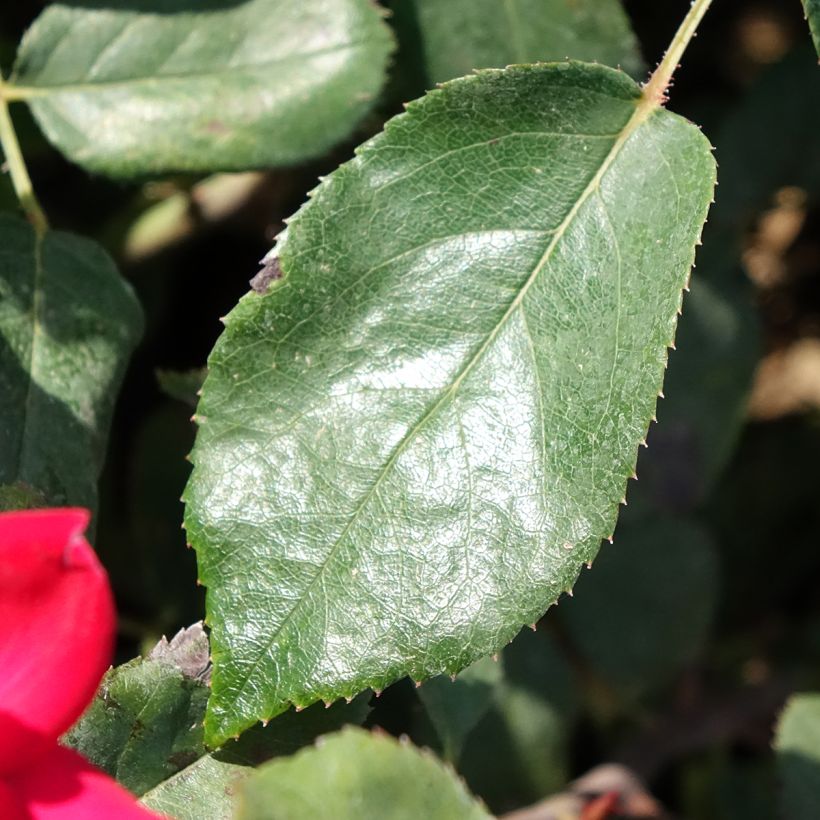

Plant habit
Flowering
Foliage
Botanical data
Rosa
'Radtko' DOUBLE KNOCK OUT®
Rosaceae
Groundcover Rose
Rosa 'Radtko' DOUBLE KNOCK OUT, Rosa 'Radtko'
Cultivar or hybrid
Planting and care
To plant your Double Knock Out rose, prepare the soil by working it to a depth of 30 cm x 30 cm, breaking up any clumps and adding an amendment such as dried blood or dehydrated horn at the bottom of the planting hole. Create a small mound of soil at the base of the hole. Position your plant in the hole, spreading out the roots, and check the depth: the graft point should be just above ground level. Backfill, gently firming the earth as you go. Prune the branches back to 15/20 cm to encourage regrowth. Form a shallow basin around the base of the rose and water thoroughly with a fine spray to eliminate any air pockets and help the soil adhere to the roots. In very cold regions, it may be beneficial to apply a 20 cm mulch of leaves or turf around the base of your plants. In summer, removing faded flowers will encourage new blooms. Naturally disease-resistant, This rose bush does not require fungicidal treatments.
Roses often develop spots or look unsightly by late summer, but this does not affect their growth. These spots are not harmful to the rose—it's a natural occurrence. Follow all our advice to address this issue and read our article: Help! My Roses Have Spots
Planting period
Intended location
Care
Planting & care advice
-
, onOrder confirmed
Reply from on Promesse de fleurs
Haven't found what you were looking for?
Hardiness is the lowest winter temperature a plant can endure without suffering serious damage or even dying. However, hardiness is affected by location (a sheltered area, such as a patio), protection (winter cover) and soil type (hardiness is improved by well-drained soil).

Photo Sharing Terms & Conditions
In order to encourage gardeners to interact and share their experiences, Promesse de fleurs offers various media enabling content to be uploaded onto its Site - in particular via the ‘Photo sharing’ module.
The User agrees to refrain from:
- Posting any content that is illegal, prejudicial, insulting, racist, inciteful to hatred, revisionist, contrary to public decency, that infringes on privacy or on the privacy rights of third parties, in particular the publicity rights of persons and goods, intellectual property rights, or the right to privacy.
- Submitting content on behalf of a third party;
- Impersonate the identity of a third party and/or publish any personal information about a third party;
In general, the User undertakes to refrain from any unethical behaviour.
All Content (in particular text, comments, files, images, photos, videos, creative works, etc.), which may be subject to property or intellectual property rights, image or other private rights, shall remain the property of the User, subject to the limited rights granted by the terms of the licence granted by Promesse de fleurs as stated below. Users are at liberty to publish or not to publish such Content on the Site, notably via the ‘Photo Sharing’ facility, and accept that this Content shall be made public and freely accessible, notably on the Internet.
Users further acknowledge, undertake to have ,and guarantee that they hold all necessary rights and permissions to publish such material on the Site, in particular with regard to the legislation in force pertaining to any privacy, property, intellectual property, image, or contractual rights, or rights of any other nature. By publishing such Content on the Site, Users acknowledge accepting full liability as publishers of the Content within the meaning of the law, and grant Promesse de fleurs, free of charge, an inclusive, worldwide licence for the said Content for the entire duration of its publication, including all reproduction, representation, up/downloading, displaying, performing, transmission, and storage rights.
Users also grant permission for their name to be linked to the Content and accept that this link may not always be made available.
By engaging in posting material, Users consent to their Content becoming automatically accessible on the Internet, in particular on other sites and/or blogs and/or web pages of the Promesse de fleurs site, including in particular social pages and the Promesse de fleurs catalogue.
Users may secure the removal of entrusted content free of charge by issuing a simple request via our contact form.
The flowering period indicated on our website applies to countries and regions located in USDA zone 8 (France, the United Kingdom, Ireland, the Netherlands, etc.)
It will vary according to where you live:
- In zones 9 to 10 (Italy, Spain, Greece, etc.), flowering will occur about 2 to 4 weeks earlier.
- In zones 6 to 7 (Germany, Poland, Slovenia, and lower mountainous regions), flowering will be delayed by 2 to 3 weeks.
- In zone 5 (Central Europe, Scandinavia), blooming will be delayed by 3 to 5 weeks.
In temperate climates, pruning of spring-flowering shrubs (forsythia, spireas, etc.) should be done just after flowering.
Pruning of summer-flowering shrubs (Indian Lilac, Perovskia, etc.) can be done in winter or spring.
In cold regions as well as with frost-sensitive plants, avoid pruning too early when severe frosts may still occur.
The planting period indicated on our website applies to countries and regions located in USDA zone 8 (France, United Kingdom, Ireland, Netherlands).
It will vary according to where you live:
- In Mediterranean zones (Marseille, Madrid, Milan, etc.), autumn and winter are the best planting periods.
- In continental zones (Strasbourg, Munich, Vienna, etc.), delay planting by 2 to 3 weeks in spring and bring it forward by 2 to 4 weeks in autumn.
- In mountainous regions (the Alps, Pyrenees, Carpathians, etc.), it is best to plant in late spring (May-June) or late summer (August-September).
The harvesting period indicated on our website applies to countries and regions in USDA zone 8 (France, England, Ireland, the Netherlands).
In colder areas (Scandinavia, Poland, Austria...) fruit and vegetable harvests are likely to be delayed by 3-4 weeks.
In warmer areas (Italy, Spain, Greece, etc.), harvesting will probably take place earlier, depending on weather conditions.
The sowing periods indicated on our website apply to countries and regions within USDA Zone 8 (France, UK, Ireland, Netherlands).
In colder areas (Scandinavia, Poland, Austria...), delay any outdoor sowing by 3-4 weeks, or sow under glass.
In warmer climes (Italy, Spain, Greece, etc.), bring outdoor sowing forward by a few weeks.






























